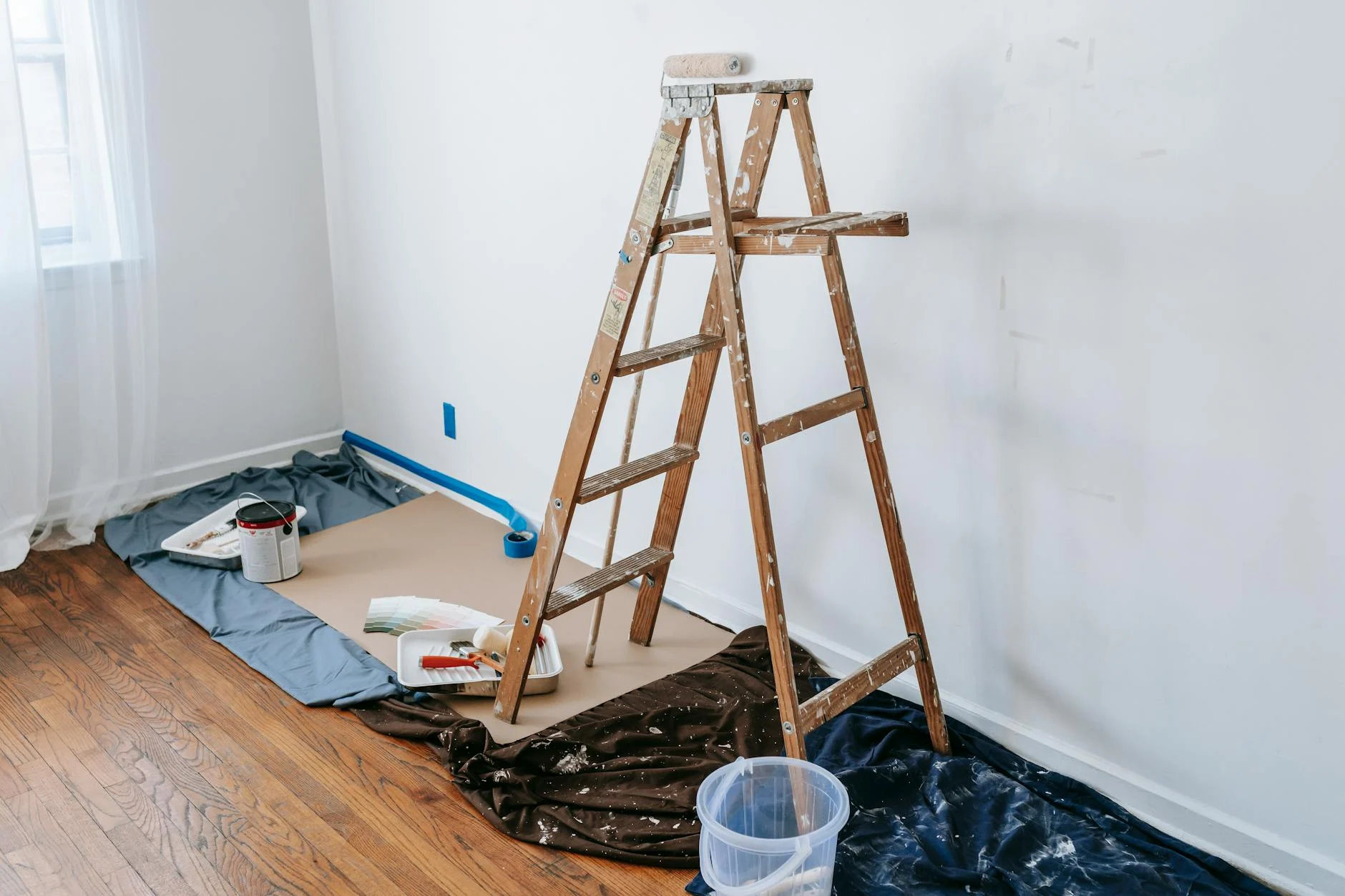Painting a room can completely transform the look and feel of your home. Whether you're looking to refresh a dull space or prepare your home for sale, understanding the costs involved is crucial. Factors like room size, paint quality, and labour can significantly influence the final price. By planning carefully, you can balance your budget while achieving reliable results.
Factors Influencing Room Painting Costs
Before diving into specific expense breakdowns, it's essential to understand the factors that can impact the cost of painting a room.
Room Size and Dimensions
The size of the room plays a major role in determining the cost. Larger rooms naturally require more paint and time to complete. Additionally, higher ceilings mean more surface area to cover, leading to increased labour and material costs.
For instance, a small room (under 150 square feet) might cost around £300 to £450, while a larger room (over 250 square feet) could range from £700 to £1,000, depending on additional factors. Websites like
KentDec.com provide detailed cost calculators based on specific dimensions.
Photo by
Blue Bird
Types of Paint and Materials
Paint quality also influences costs. Premium paints with better coverage and durability tend to cost more. Additional materials such as primers, brushes, and rollers also contribute to the total expense.
Standard latex paint, for instance, is typically more affordable than oil-based alternatives. However, if you're looking for a high gloss or special finish, expect to pay extra. Resources such as
Kentdec Ltd. offer insights into how paint quality affects overall project costs.
Labour vs DIY Costs
Deciding whether to hire a professional or tackle the job yourself has a significant effect on the bottom line. Hiring a painter can cost anywhere between £20 and £40 per hour, depending on the region and expertise. On the other hand, a DIY project might save on labour but can become time-consuming and require an initial investment in tools and materials.
If you're confident in your ability to paint, doing it yourself can save hundreds. However, professionals often achieve better and faster results for large or complex projects. Learn more about the pros and cons via this guide
Room-Specific Considerations
Certain rooms, like bathrooms or basements, may require special paint or additional prep work. Bathrooms, for instance, often require moisture-resistant paints to prevent mould and mildew, while basements might need sealing primers for damp walls.
Cost Breakdowns for Painting a Room
Painting costs are usually quoted per square foot, and additional expenses depend on specific project requirements.
Average Cost Per Square Foot
On average, the cost per square foot for painting a room ranges between £2 and £6. This figure includes both labour and materials. Custom finishes or intricate trim work will likely increase this cost. For detailed pricing, refer to this helpful resource from
Painter And Decorator Prices in 2025 | Checkatrade
Additional Costs for Prep Work
Preparing a room for painting—such as patching holes, caulking, or sanding—can add £0.50 to £2 per square foot. Moving furniture and masking surfaces also contribute to labour hours. If your walls show significant wear, allocate extra funds for surface preparation.
Specialised Finishes and Customisation
Accent walls, custom textures, or decorative techniques like faux finishes often come with added costs. These services can range from £50 to £150 for a single wall, depending on complexity.
Saving Money When Painting a Room
There are several strategies to reduce costs while achieving your desired results.
Choosing Cost-Effective Materials
Opt for mid-tier paints and tools to strike a balance between quality and cost. Avoid the cheapest paint brands, as they may require additional coats, negating initial savings. Consider reviews and recommendations from sources like
builder-depot when selecting materials.
DIY Prep Work Strategies
Preparing the room yourself can save money. Fill nail holes, sand rough areas, and clean surfaces beforehand. By reducing the preparatory work for professionals, you shorten the overall project timeline and cut labour costs.
Getting Multiple Quotes
When hiring a professional, obtain several estimates to compare pricing and services. Painters may include different factors in their quotes, so ensure you're comparing like-for-like services.
Tips for Hiring a Professional Painter
If you decide to hire an expert, take steps to ensure you choose the right contractor.
Checking Credentials and References
Verify that the painter is licensed, insured, and has solid reviews. Check references for previous work to get an idea of their reliability and skill level. Good painters willingly provide proof of credentials.
Formalising Contracts and Estimates
Always use a written contract that outlines job scope, materials, timeline, and payment terms. Avoid verbal agreements to protect yourself in case of misunderstandings during the project.
Understanding Warranty and Guarantees
Ask painters about warranties on their work and materials. Reputable contractors often provide guarantees, ensuring lasting quality for your investment.
Conclusion
Painting a room involves a mix of considerations—from materials and labour to room-specific challenges. By understanding the factors influencing cost and researching thoroughly, you can make informed decisions. Whether you hire professionals or take the DIY route, planning ensures a beautiful and budget-friendly result. Use these tips to create a space that reflects your style and stays within your budget.

